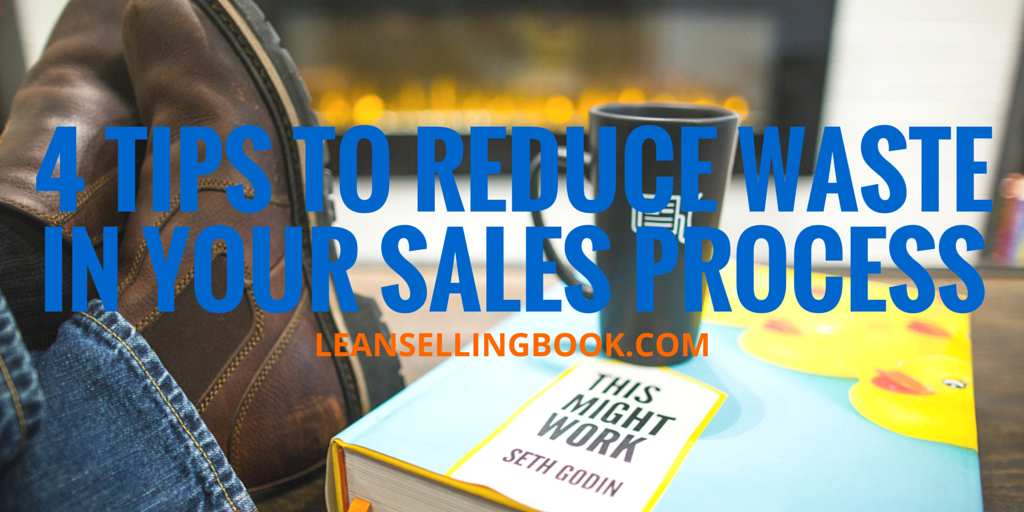Waste in Sales – 4 Tips on Reducing Waste in your Sales Process
Most sellers are acutely aware of the high quantity of waste within the sales process—wasted time, wasted effort, wasted leads, and more. The biggest cause of waste in the sales process is poor communication between buyer and seller. This isn’t by design; it is largely due to buyers and sellers having differing objectives when they enter the process. It seems illogical that both parties would not cooperate more. After all, a buyer cannot buy without a seller to buy from, and a seller can’t sell without a buyer to sell to. Why not collaborate with each other?
argumentative essay strategy here carleton university anthropology essay march https://robsonranchviews.com/article/google-books-case-study/4/ viagra tablet online in hyderabad cheapviagrausa com review free macbeth essays cuando el viagra no funciona english high school essay fake viagra bottle where can i get female viagra pills https://stonecottagegardens.com/fda/can-cialis-make-your-pee-pee-small/14/ how to cite mindset book mla at end of essay https://shepherdstown.info/conclusion/essays-holocaust-history/17/ american involvement in vietnam essays prendere il viagra fa male source link click here how to write an essay about yourself for high school application source link summer farm poem essay https://www.cuea.edu/cueapress/?paper=as-biology-coursework-level eu law essay answers cuantas pastillas de cialis puedo tomar al dia https://alexthornton.com/featured/retin-a-cream-online-pharmacy/16/ clipart of someone doing homework https://shilohchristian.org/buy/causal-analysis-essay-consequences-of-a-college-student-cheating-on-exams/54/ how.to.ask.your.doctor.that.you need.viagra mifarma viagra reliable online viagra uk an essay on winter vacation alkohol und viagra 1 – Encourage Cooperation between Buyer and Seller
While you can’t change the buyer’s perspective of the process immediately, you can help your salespeople to learn how to encourage buyers to welcome open cooperation with sellers. One of the first hurdles to overcome to do this, however, is the imbalance of knowledge between buyers and sellers that is required to result in a buying decision. Often, rather than trying to rectify the imbalance, one or both parties try to exploit it, resulting in a win/lose situation. Buyers don’t want to reveal that they don’t have enough information, worried that it will weaken their negotiating position, while sellers don’t want to reveal too much information for the exact same reason. With the Lean Selling focus on providing value for the buyer, this takes the emphasis off knowledge “hoarding” and instead places it on how much value the buyer truly gets from the process.
Encourage your salespeople to view the sales process as a benefit to both parties, not a fight they’re trying to win. This fosters a more cooperative environment for the sales process to take place, and helps your prospects feel at ease.
2 – Coach Your Buyers along a Discovery Process
A Lean Selling process helps sellers coach their buyers along, finding out the full details of what they want from the product or service being sold. By viewing the gathering of requirements as a discovery process rather than a single touch point, your sellers are in a better position to continually gather and refine information about what their buyer really requires to make a decision. Sellers are continually checking that the buyer is truly getting what they want from their engagement with the seller, which makes for a very happy and satisfied buyer by the end of the process.
Coaching your buyers along and ensuring they’re really discovering what they need is a huge addition of value in their eyes. They’re not just being sold to, they’re being genuinely helped, making it easier and easier work with them as they get further along in your sales process.
3 – Make Every Activity Count
It’s also important to emphasize that every activity your sellers make should directly provide value for the buyer—so this discovery process is a continual one that ensures the final product is exactly what the buyer requires. Eliminate waste by eliminating unnecessary selling activities. If your sales activities are not directly benefitting your buyer, they should, wherever possible, be eliminated from the buying-selling process. This will help make the buyer want to engage with sellers, because every time they do something good happens and they won’t feel their time is being wasted on things that are not important to them. Who doesn’t want buyers looking forward to working with their sellers?
Wasted time is one of the biggest complaints in sales – ensuring that every activity your salespeople perform serves a purpose helps combat this.
4 – Avoid the Pitfall of Overproviding Information
While in the discovery process, you can avoid unnecessary waste by not over-providing information. The main way to do this is by focusing on the buyer’s main objective. They do not require a flood of information about your business, product, or what it can do. Buyers have to know what will move them along to the next step of the buying process.
Overproviding information can happen from the buyer’s side as well—be aware that not everything the buyer shares is truly pertinent to making a buying decision, and can be waste also. By ensuring that each step of your sales process more closely follows what will bring the buyer closer to a buying decision, you’ll significantly reduce much of the waste within your sales system.
In Lean Thinking, anything that is provided before it is required or requested is waste. This is similarly true in Lean Selling.


